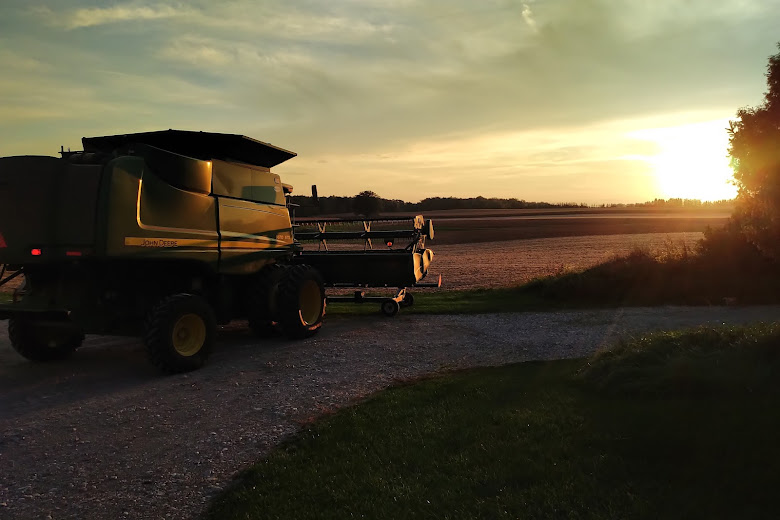Enbridge Gas Distribution Inc. (“Enbridge”) is the owner of a natural gas distribution system in Toronto and is licenced to distribute natural gas by the Authority. The Authority is a not-for-profit safety organization that, among other things, carries out tasks on behalf of the government of Ontario, including laying charges under the Technical Standards and Safety Act (TSSA), where appropriate. Precision Utility Limited (“PUL”) is the company with whom Enbridge contracted to locate underground pipeline. Warren Bithulithic Limited (“Warren”) is a road construction and paving company that had a contract with the City of Toronto to excavate for the purpose of conducting roadway rehabilitation.
The explosion happened when construction crews working for Warren were in the process of excavating on the south side of Bloor Street. Excavators are statutorily required to obtain the exact location of gas lines before they dig. In the industry, these are colloquially called “locates.” Enbridge, or in this case its agent, PUL, was required to locate and mark the gas lines so that Warren’s excavation would not disturb them. However, while excavating, a Warren backhoe struck and pulled a small gas pipe out of the ground.
The Fire Marshall’s Office later concluded that a backhoe had displaced a three-quarter inch steel gas line while performing excavation work relating to the replacement of storm drains and sidewalks. This caused a break in the pipe which resulted in an uncontrolled leak of pressurized natural gas into the central basement of 3887 Bloor Street West. The gas and air mixture reached its explosive range and an ignition source applied to that explosive mixture caused an explosion. The exact ignition source was never identified, but it could have been anything, including a standing pilot light, a light switch or a static spark on someone’s sweater. It would have taken six to nine minutes from the time the pipe was pulled until the explosion.
Enbridge, PUL and Warren were charged with a number of offences under the Occupational Health and Safety Act (OHSA) and the TSSA. After a series of pre-trial motions, evidence was called at trial starting on January 9, 2006. On September 21, 2006, Warren pled guilty to interfering or damaging a natural gas pipe line located at or near 3887 Bloor Street West contrary to s. 37 of the TSSA, and received a fine of $225,000 coupled with a $56,250 victim surcharge. The trial then continued against Enbridge and PUL until the trial judge dismissed all charges in her directed verdict decision released on October 25, 2007. After hearing evidence for approximately seventy days, the trial judge granted the respondents’ motion for a directed verdict (not guilty) on all charges on what she described as “technical grounds.”
On appeal heard over 4 days last November and December, the Ontario Superior Court of Justice has overturned the directed verdict and sent the matter back for a new trial before a different Justice of the Peace. The issues on appeal were:
Issue #1: Did the trial judge err in finding that neither Enbridge nor PUL was an employer within s. 25 of the OHSA? Answer: Yes.Read the entire appeal decision at: R. v. Enbridge Gas Distribution Inc.
Issue #2: Did the trial judge err in finding that s. 228(1) of Ont. Reg. 213/91 of the OHSA imposed no duty on either Enbridge or PUL? Answer: Yes.
Issue #3: Given that the trial judge did err on issues #1 and #2, did she also err in finding that the OHSA charges were not instituted outside the one year limitation period? Answer: No.
Issue #4: Did the trial judge err in finding that PUL had no duty under s. 9(2) of Ont. Reg. 210/01 of the TSSA? Answer: Yes.
Issue #5: Did the trial judge err in finding that the failure of Enbridge and PUL to provide any information on the location of natural gas pipelines was not a violation of s. 9(2) of Ont. Reg. 210/01 of the TSSA, and in finding that Enbridge did not fail to ensure that PUL provided as accurate information as possible? Answer: Yes.

I really value your piece of work, Great post.
ReplyDelete